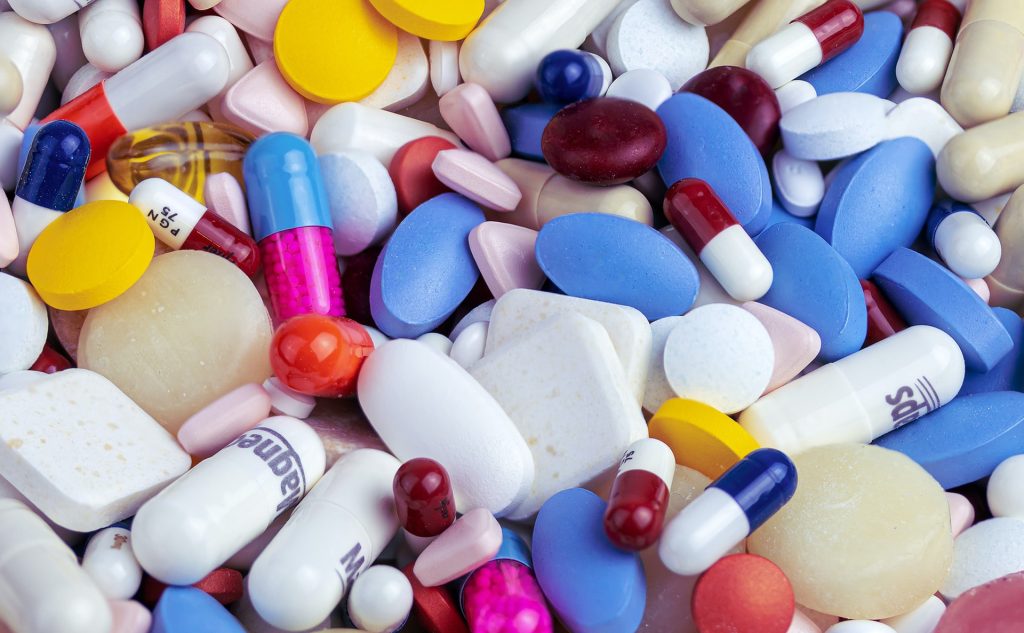Avocado Compound May Be Useful in Leukaemia Therapy

Avocados may be good for more than just an expensive toast topping. According to a new study from the University of Guelph a compound in avocados offers a potential route to improved leukaemia therapy.
The compound in questions targets an enzyme that scientists have identified for the first time as being critical to cancer cell growth, explained Dr Paul Spagnuolo, at the Department of Food Science.
The study focus was on acute myeloid leukaemia (AML), which is the most severe form of leukaemia. Most cases occur in people over age 65, with fewer than 10% of patients surviving five years after diagnosis.
Leukaemia cells have elevated levels of an enzyme called VLCAD involved in their metabolism, said Dr Spagnuolo.
“The cell relies on that pathway to survive,” he said, explaining that the compound is a likely candidate for drug therapy. “This is the first time VLCAD has been identified as a target in any cancer.”
Dr Spagnuolo’s team screened nutraceutical compounds among a variety of compounds, searching for any substance that could inhibit the enzyme. “Lo and behold, the best one was derived from avocado,” said Dr Spagnuolo.
Avocados have already been shown to improve lipid profiles, as well as helping to control weight, likely through increased satiation. His lab previously examined avocatin B, a fat molecule found only in avocados, for potential application in diabetes prevention and obesity management. He’s now keen to see it put to use in leukaemia patients.
“VLCAD can be a good marker to identify patients suitable for this type of therapy. It can also be a marker to measure the activity of the drug,” said Dr Spagnuolo. “That sets the stage for eventual use of this molecule in human clinical trials.”
Around half of patients over 65 diagnosed with AML currently enter palliative care. Some may undergo chemotherapy, but these treatments are often toxic and result in patients dying.
“There’s been a drive to find less toxic drugs that can be used,” he noted.
Referring to earlier work using avocatin B for diabetes, Spagnuolo said, “We completed a human study with this as an oral supplement and have been able to show that appreciable amounts are fairly well tolerated.”
The results of the study were published in the journal Blood.
Source: Medical Xpress
Journal information: Matthew Tcheng et al, Very long chain fatty acid metabolism is required in acute myeloid leukemia, Blood (2021). DOI: 10.1182/blood.2020008551





